"What can not suit here?" - users who have seen a neat heating system with polypropylene pipes are sincerely surprised. Indeed, how objective are the opponents of such wiring, especially those that offer you as an alternative to traditional steel? Let's deal with this issue from a practical point of view.
Read in the article
- 1 Polypropylene pipes are walking
- 2 Any mistake in working with polypropylene pipes costs money
- 3 More hidden joints - wait for trouble
- 4 How durable is such a system?
- 5 So why is it so difficult to find installers for polypropylene heating?
Polypropylene pipes are walking
Of course, not in the most literal sense of the word, but really - polypropylene pipes are deformed when excessively heated, even if you securely fasten them to the wall.
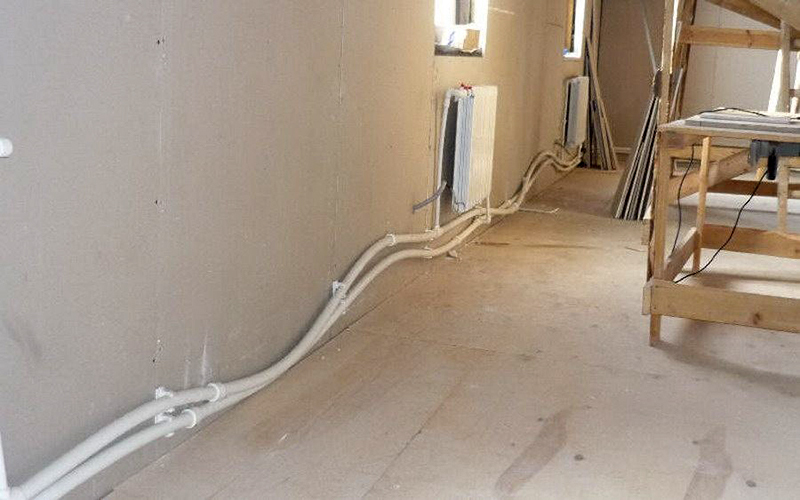
And if you make the wiring hidden, that is, drown it in the wall and leave no room for movement, it is not known how the connections and the pipe itself will behave.
Conclusion: for the installation of a heating system made of polypropylene pipes, it is necessary to provide for their hidden wiring, taking into account deformation during heating. With open wiring, U-shaped, or looped, expansion joints should be made, which look imperfect, but help to maintain flat pipe sections.
Any mistake in working with polypropylene pipes costs money
Installation of propylene pipes requires special skills and accuracy, as well as high-quality tools.
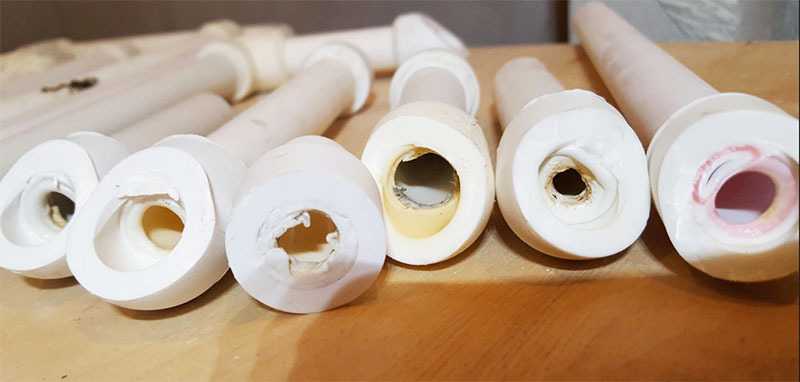
In addition, there are special nuances in the types of pipes. Pipes with fiberglass in the composition respond well to heating and keep the temperature perfectly, but are very sensitive to mechanical damage. Sometimes it is enough to drop the pipe to break the fiberglass layer, and this will subsequently lead to a leak. And who knows how these pipes were stored in a warehouse, how were they transported and loaded?
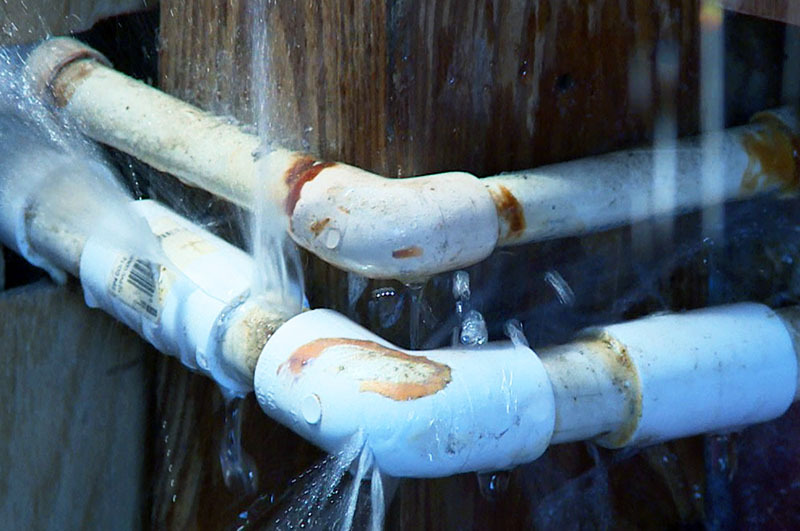
The second version of polypropylene pipes with an interlayer of aluminum foil is less afraid of careless handling, but also requires special attention. The foil layer can be located closer to the outside or inside. If it is closer to the inside, then there is a great danger of damaging it during installation at the connection points, this should be taken into account.
More hidden joints - wait for trouble
The need for hidden wiring due to deformation also implies the presence of hidden joints. And each such joint is a probable mistake in welding, a danger of leakage.
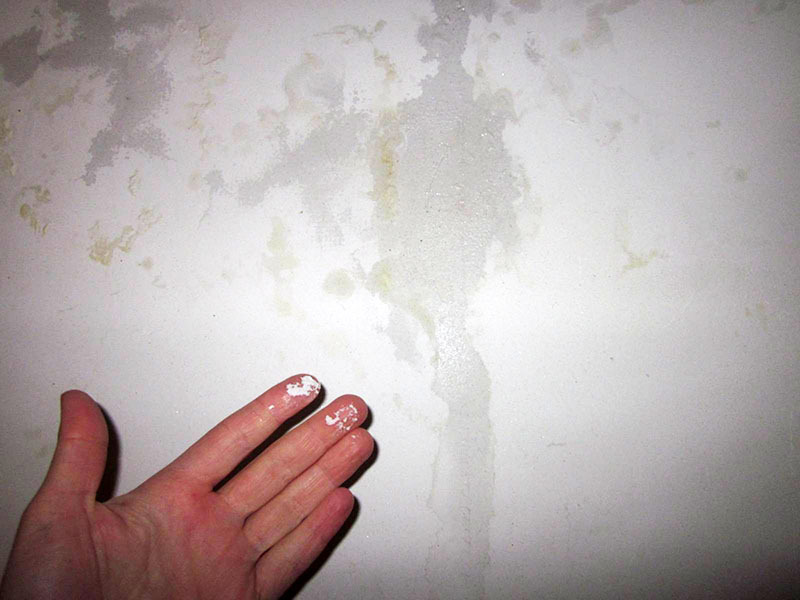
How durable is such a system?
Manufacturers of polypropylene pipes give a 50-year guarantee, but practice shows that operation at high temperatures at least halves this period. The temperature range of PP pipes is limited to +95 C °. On the other hand, who will heat the system like this - practically to a boil? It is unlikely that someone will dare to do this.
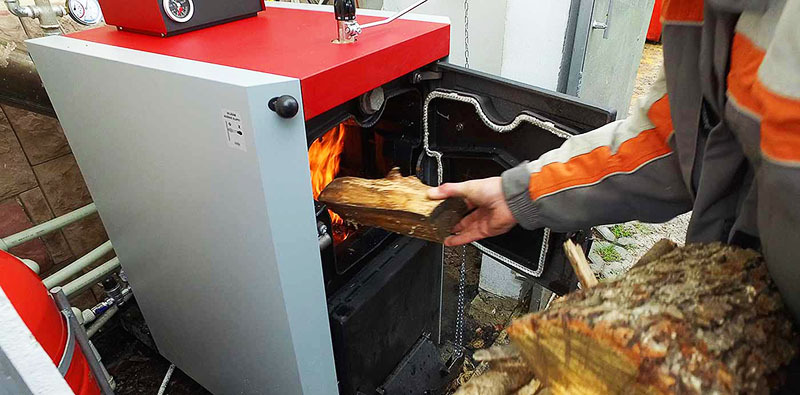
Therefore, for solid fuel boilers in private houses, you need to use a metal circuit. And for gas and electric boilers, there are no contraindications for PP pipes.
So why is it so difficult to find installers for polypropylene heating?
All reasons are listed above. In the installation, with seeming simplicity, there are a lot of nuances: you need to calculate the possible deformation, face hidden wiring problems and be very responsible about the connection points. In addition, the likelihood of a leak may be associated with a violation of the rules for storing and transporting the pipe, and all claims will be against those who installed the pipes. And finally, if the owner exploited the system in violation of the temperature regime, this is not easy to prove, and all claims will again be against those who installed it.
In addition, watch this video for a complete picture:
How do you feel about heating using a polypropylene circuit? Share your experience in the comments!



